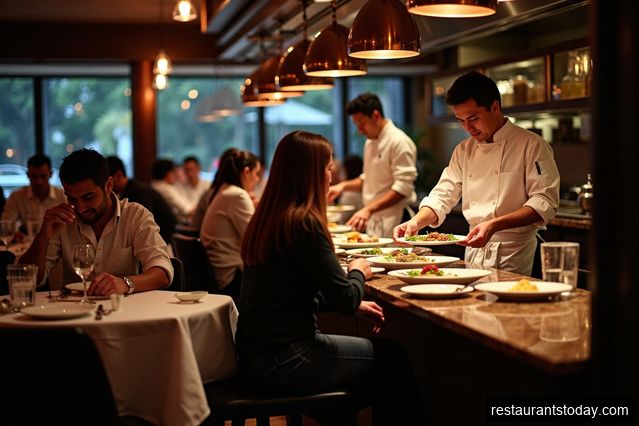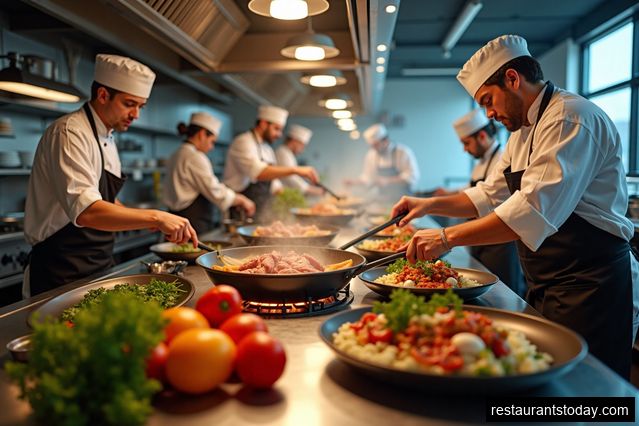The Evolution of Virtual Kitchens
In recent years, the restaurant industry has witnessed a significant shift with the rise of virtual kitchens, also known as ghost kitchens. These are commercial food preparation facilities that operate without a traditional dine-in space. Instead, they focus solely on delivery and takeout orders. Virtual kitchens have gained popularity due to the increasing demand for food delivery services and the convenience they offer to both consumers and restaurant owners.
Streamlining Operations and Reducing Costs
One of the main advantages of virtual kitchens is their ability to streamline operations and reduce costs. By eliminating the need for a physical dining area, restaurant owners can save on rent, utilities, and other overhead expenses. Additionally, virtual kitchens can optimize their workflow by focusing solely on cooking and preparing food for delivery. This allows them to maximize efficiency and productivity, resulting in faster order fulfillment and improved customer satisfaction.
The Ghost Restaurant Phenomenon
Alongside virtual kitchens, the concept of ghost restaurants has emerged as a growing trend in the restaurant industry. Ghost restaurants are delivery-only establishments that operate under a different brand name or exist solely as a virtual brand within an existing restaurant. These restaurants often operate out of existing commercial kitchens, allowing restaurant owners to leverage their existing infrastructure to expand their offerings and reach a wider customer base.
Expanding Market Reach and Testing New Concepts
Ghost restaurants provide an opportunity for restaurant owners to expand their market reach without the need for additional physical locations. By operating solely through delivery platforms and online ordering systems, ghost restaurants can target specific customer segments and test new concepts or menu items without the risk and investment associated with opening a new brick-and-mortar establishment.
Challenges and Opportunities
While virtual kitchens and ghost restaurants offer numerous benefits, they also come with their own set of challenges. One of the main concerns is maintaining consistent quality and customer satisfaction, as the lack of direct interaction between customers and restaurant staff can impact the overall dining experience. Additionally, competition in the online food delivery market can be fierce, requiring virtual kitchens and ghost restaurants to invest in effective marketing and branding strategies to stand out from the crowd.
Adapting to Changing Consumer Preferences
To thrive in the virtual kitchen and ghost restaurant landscape, restaurant owners must stay attuned to changing consumer preferences. This includes offering a diverse range of cuisines, catering to dietary restrictions and preferences, and providing seamless online ordering and delivery experiences. Investing in technology and data analytics can also help these establishments identify trends, optimize their menu offerings, and personalize the customer experience.








